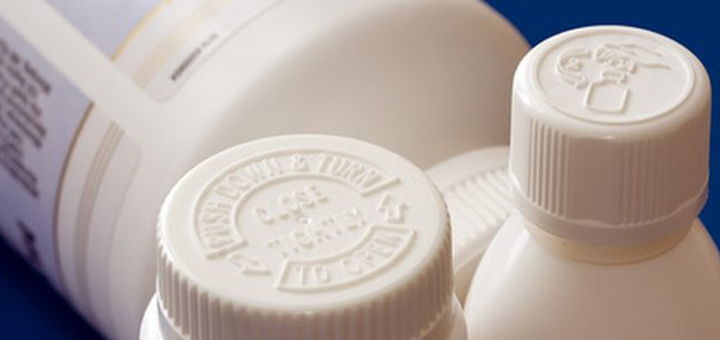Tamper-evident, or tamper-resistant, packaging can be traced back for centuries when highly sensitive letters were sealed with hot wax stamps. Through the years the need to elevate the security of our packaging was often overlooked until situations such as the Tylenol incidents of 1982 brought the need for safe and secure packaging to the forefront of consumers’ minds. Only a few short months after this event, swift and necessary action brought changes to the way we purchase products and the way they are packaged.
Currently, the FDA recognizes tamper-evident package as, “having one or more indicators or barriers to entry which, if breached or missing, can reasonably be expected to provide visible evidence to consumers that tampering has occurred.” There are many types of tamper-resistant packaging recognized by the industry. All of them have the functionality to indicate when tampering has occurred.
These regulations help to ensure that the barriers can’t be easily duplicated, which helps to add another layer of security for consumers. Labeling requirements are affected as well and the label of each product must also include a description of the tamper-evident feature.
What Types Of Packaging Are Available?
There are many types of tamper-evident packaging. In fact, QPSI offers a variety of tamper-evident packaging solutions, all of which comply with the FDA’s barrier requirement, while simultaneously easing consumers’ minds when making their purchases. Learn more about the four most popular tamper-evident packaging options below.
Induction Seal Liners
Using an induction sealing system is ideal for extending product shelf life, preserving freshness, preventing costly leaks and enhancing your product’s value. When applied properly, induction lined caps provide a hermetic, leak-proof, and tamper-evident seal. When the security seal is correctly intact, consumers are able to easily identify that the contents inside have not been tampered with. In order to use the product, the induction seal liner must first be punctured, lifted or peeled off of the packaging. Induction seal liners are frequently used in OTC, pharmaceutical, nutraceutical, and vitamin products to ensure safety, security and customer satisfaction.
Tamper-Evident Closure
There are multiple options for tamper-evident closures, including plastic and metal closures. Plastic closures generally include a tear-away strip, making it easier for the consumer to see that the product is safe to open. You’ll see this often with tamper-proof water bottle caps – each cap features a breakable ring attached to the bottom of the cap skirt. A compatible bottle will have a lip below the bottle’s neck finish. When unsealed and broken away from the cap, the plastic ring remains on the lip of the bottle when the cap is unscrewed. Once this connection has been broken, the components cannot be reattached. Metal closures often times include a pop-up safety button that provides both audio and visual cues to indicate that the package has not been tampered with.
Blister Packs
As one of the most versatile packaging solutions, blister packs are a popular choice for a diverse range of products. Blister packs are pre-formed plastic packaging used most often for pharmaceuticals or nutraceuticals, smaller consumer goods, food, or any product with an individual unit or dosage. Blister packs provide clear proof that the food or drug product contents are intact and properly sealed before use and are an inexpensive option for creating packages that are durable, transparent, and tamper-proof. The clear plastic thermoformed blister is most often combined with a printed card which has a heat-seal coating so the plastic blister can adhere to the card. Sometimes foil, plastic or laminated materials are bonded to the pre-formed blister in place of the printed card.
Shrink Bands
Shrink bands are an extremely economical way to offer tamper-resistant options and they are easy to apply by simply sliding the plastic band over your container and cap and applying even heat until the band has shrunk snugly around your product. Once removed, the shrink band cannot be reapplied to the container, providing a quick indication that the product is safe before purchase. Shrink bands are most frequently used in food and beverage product packaging.
What’s Right For My Product?
When it comes to tamper-evident packaging, there are many options that manufacturers have to choose from to help assure consumers that the product and its contents are safe to consume, apply, and use. Tamper-evident packaging involves a level of expertise needed to successfully design and produce it. QPSI are experts in the contract packaging industry. We encourage you to learn more and invite you to contact us for more help in finding the right packaging services to meet your specific product needs.





